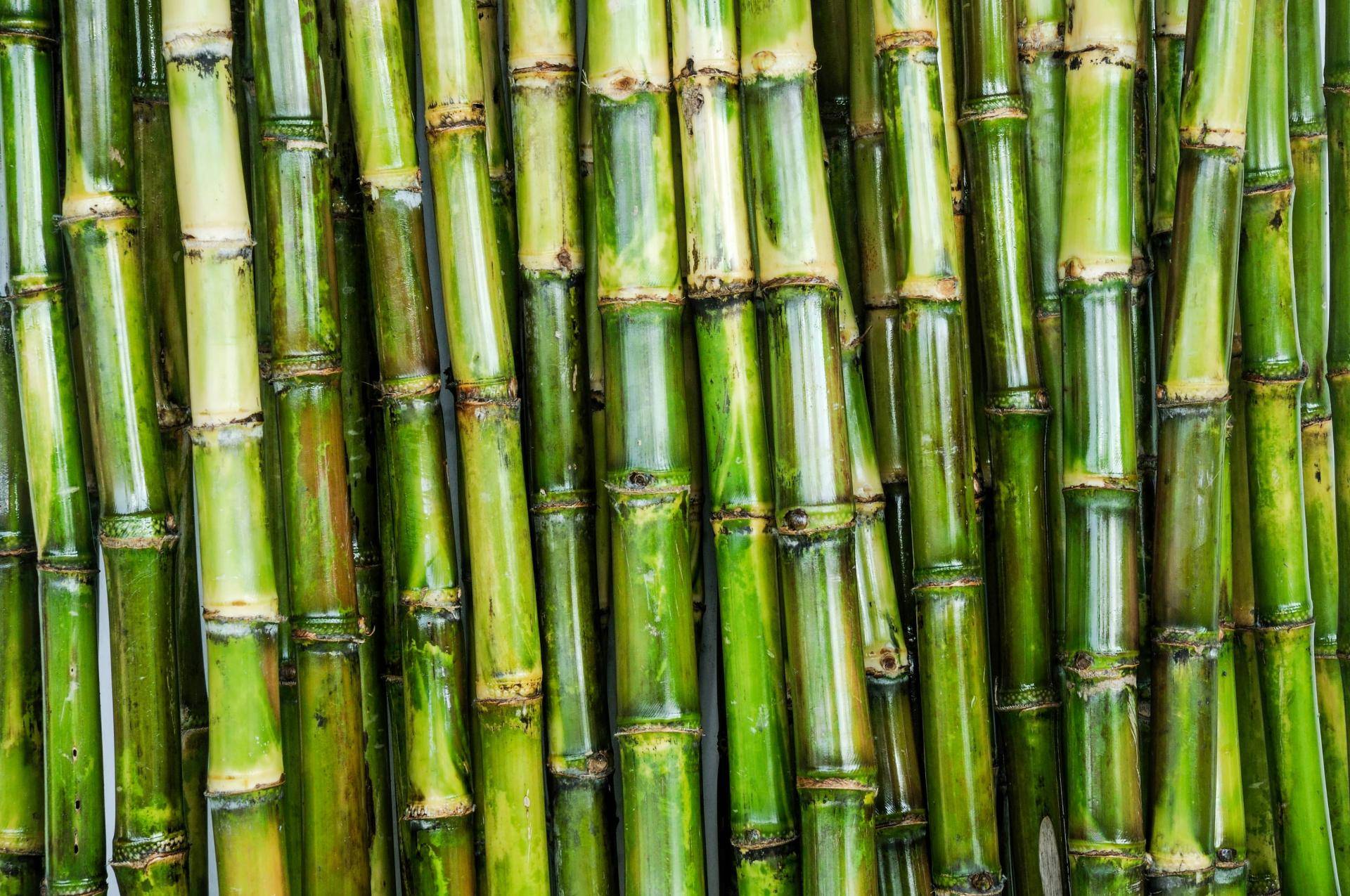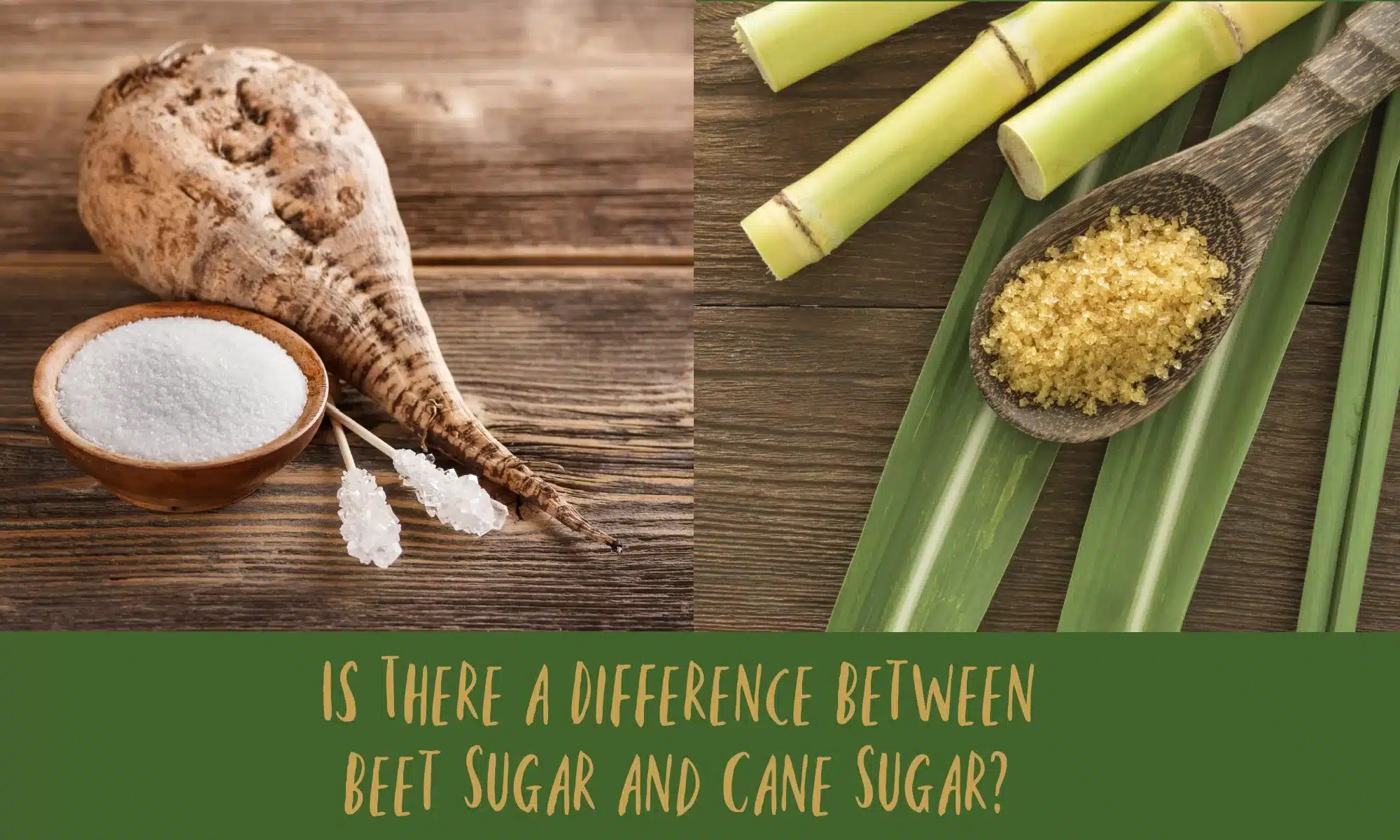How Sugar and Cane Affect Your Taste Buds and Cooking Experience
Exactly How Cane Sugar Processing Chemicals Improve Sugar Top Quality and Yield
The role of handling chemicals in walking stick sugar manufacturing is pivotal, as they straight affect both the top quality and return of the end product. By employing substances such as lime and phosphoric acid, makers can properly eliminate contaminations and boost extraction performance. The incorporation of turned on carbon and enzymes serves to maximize the breakdown of intricate sugars, ultimately leading to a purer and higher-quality sugar. However, the ins and outs of just how these chemicals connect within the processing environment raise concerns concerning their long-lasting implications and potential innovations in the market.
Introduction of Cane Sugar Processing
Cane sugar handling includes a series of important steps that change raw sugarcane into polished sugar items. The procedure begins with harvesting, where mature sugarcane stalks are reduced and delivered to processing facilities. Upon arrival, the walking cane undergoes washing to get rid of contaminations such as soil and plant products.
Following washing, the walking cane is squashed to remove the juice, which has sucrose - sugar and cane. This juice goes through clarification, where lime and warm are utilized to remove staying contaminations and non-sugar parts. The cleared up juice is after that vaporized to concentrate the sugar web content, leading to the formation of thick syrup
Following, the syrup is crystallized via a controlled cooling procedure, resulting in sugar crystals. To attain polished sugar, further filtration steps are applied, including washing, re-crystallization, and drying out.
The end product is either packaged as raw sugar or further refined right into white sugar, dealing with different consumer and industrial demands. This extensive collection of actions ensures the production of top quality sugar, essential for many applications in food and beverage markets.
Key Processing Chemicals Used
The production of polished walking stick sugar depends on numerous handling chemicals that play substantial roles at various stages. Among the most critical are lime (calcium hydroxide), phosphoric acid, and sulfur dioxide. Lime is largely made use of throughout the information phase to reduce the effects of acidity and precipitate contaminations, resulting in a clearer juice. This step is necessary for enhancing the total top quality of the drawn out juice.
Phosphoric acid serves a twin objective; it enhances the information process and aids in the removal of color-forming compounds, adding to a greater pureness of the last product. Furthermore, sulfur dioxide operates as a lightening agent, permitting for the efficient removal of unwanted pigments and boosting the shade of the sugar.
Various other notable chemicals consist of triggered carbon, which is used for further decolorization, and enzymes that help with the break down of complicated sugars into less complex forms, therefore improving yield. The mindful choice and application of these processing chemicals are crucial for enhancing the efficiency of sugar extraction and refining procedures, inevitably causing a more constant and greater high quality sugar item.

Effect On Sugar Top Quality
How do handling chemicals influence the top quality of refined sugar? The intro of various chemicals in the cane sugar handling phase significantly enhances the pureness and general high quality of the last item. Secret representatives, such as phosphoric acid and calcium hydroxide, facilitate the clarification process, successfully getting rid of pollutants and colorants that can adversely influence sugar's appearance and taste. By reducing the effects of unwanted elements, these chemicals assist accomplish a higher degree of decolorization, resulting in a more valuable and aesthetically attractive item.
In addition, using turned on carbon and ion-exchange materials throughout the refining procedure plays a crucial duty in getting rid of off-flavors and undesirable smells, adding to the sugar's sensory account. This refinement not only elevates the visual and organoleptic high qualities yet additionally enhances the service life by decreasing microbial task connected with contaminations.
In enhancement, the accurate application of these chemicals makes certain that the sugar exhibits a consistent grain dimension and flowability, which are vital features for both industrial applications and customer preferences. Generally, the critical usage of handling chemicals is essential in accomplishing premium polished sugar that meets market criteria and customer expectations.

Enhancing Yield Effectiveness
Enhancing return efficiency in walking stick sugar processing entails maximizing various phases of production to take full advantage of the quantity of sugar extracted from raw walking cane. One vital facet is the choice and application of appropriate processing chemicals, which can facilitate the break down of cell wall surfaces and enhance sugar launch during extraction. Chemicals such as enzymes and acids play an essential duty in this process by hydrolyzing polysaccharides and liquifying visit homepage pollutants, consequently boosting the overall removal effectiveness.

Routine surveillance and adjustment of handling parameters are important to preserve performance throughout manufacturing (sugar and cane). By employing these techniques, sugar producers can not only boost the quantity of sugar obtained yet likewise reduce waste and reduced manufacturing expenses, adding to a much more profitable and lasting sugar processing operation
Benefits for Manufacturers and Consumers
Walking stick sugar handling chemicals supply considerable advantages for both manufacturers and customers, producing an extra effective and sustainable sector. For manufacturers, these chemicals enhance extraction procedures, leading to higher returns and improved sugar top quality.
For consumers, the benefits are just as compelling. The improved high quality of sugar translates to much better taste and uniformity in food. Additionally, making use of handling chemicals can cause a much more secure supply of sugar, minimizing shortages and cost spikes that can take place due to environmental elements or market changes. The improvements in manufacturing techniques contribute to sustainability initiatives by decreasing resource use and waste generation, appealing to environmentally conscious customers.
Verdict

The function of processing chemicals in cane sugar manufacturing is critical, as they straight affect both the top quality and return of the last item (sugar and cane). The unification of activated carbon and enzymes offers to maximize the malfunction of complicated sugars, inevitably leading to a purer and higher-quality sugar.Walking cane sugar processing involves a series of essential actions that transform raw sugarcane right into polished sugar items.Enhancing return efficiency in walking stick sugar handling involves maximizing numerous stages of manufacturing to make best use of the amount of sugar drawn out from raw cane.Walking stick sugar handling chemicals play a vital function in boosting both sugar top quality and yield